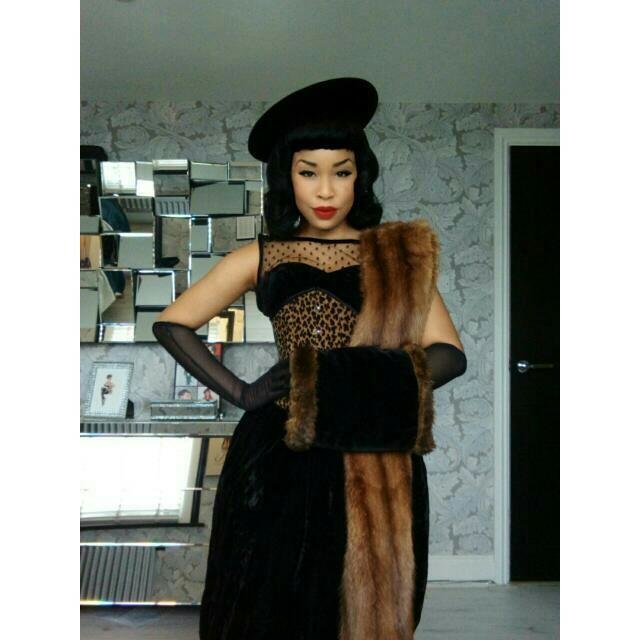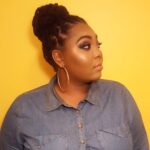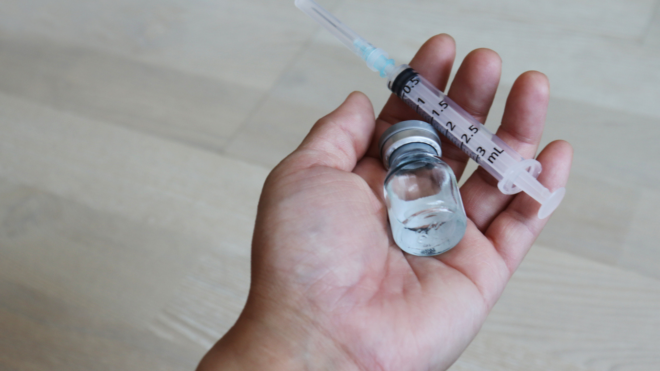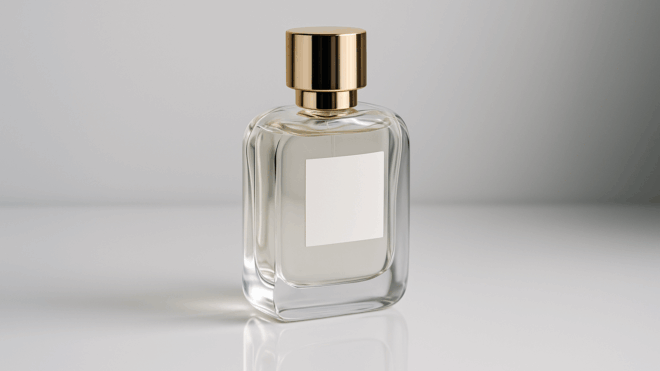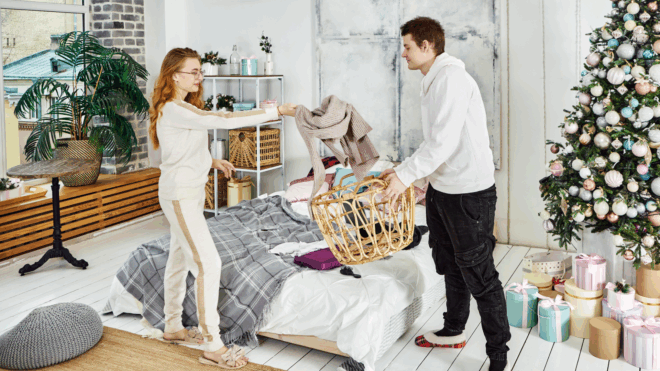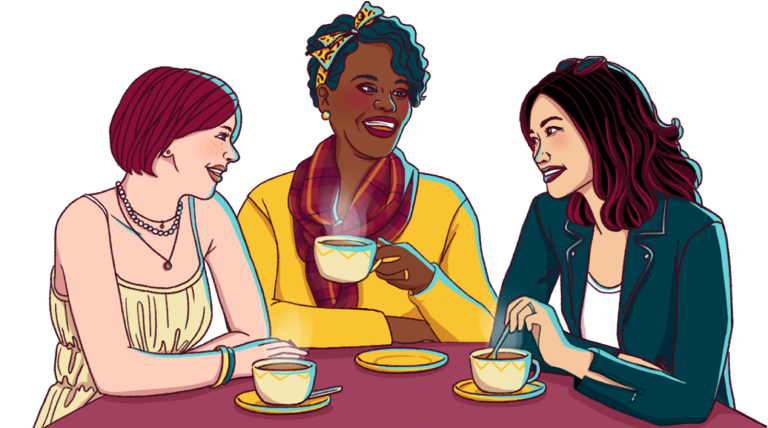The phrase "pin-up girl" is often associated with white Hollywood starlets, like Bettie Page, Jayne Mansfield, Rita Hayworth, and Betty Grable. Even Betty Boop, the most famous pin-up girl, is white — though a Black woman might have inspired the iconic character.
It isn't accidental that Black pin-up models have been excluded.
Pin-up girls have existed since the 1800s, according to Priscilla Frank, an arts writer at The Huffington Post.
It began with The Gibson Girl in 1895, writes Frank. That's when Life Magazine began including Charles Dana Gibson's illustrations of women with "hourglass torsos, dark piles of hair, and full luscious lips."
Flappers dominated the 1920s. Women's wardrobes represented the legal and personal autonomy they gained.
Instead of wearing corsets, ankle-length dresses, and long-sleeved blouses, flappers became the essence of carefree, according to Smithsonian Magazine. They wore bobs, shorter skirts, and brighter-colored shirts and shoes.
Pin-up girls became more brazen during this time as well, according to Frank.
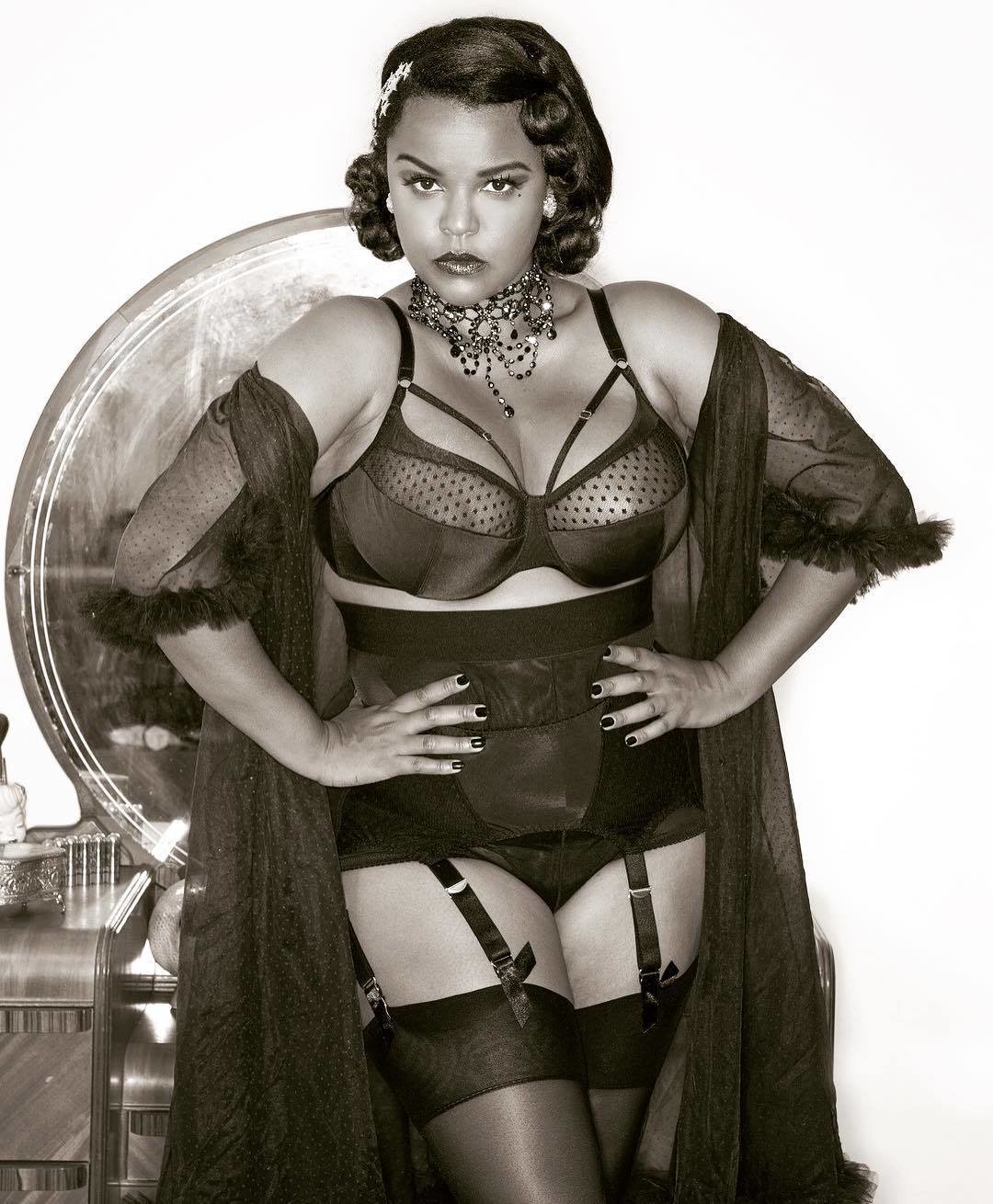
"The free-spirited flapper generation was wild, free, and eager to show some skin," she wrote. "Artists like Rolf Armstrong responded to the trend, dressing his pin-up girls all the more scantily as well."
However, pin-up models didn't really hit their stride until World War II.
The US government operated a pin-up girl campaign designed to boost the morale of soldiers stationed overseas, according to historian John Costello.
In his book, "Virtue Under Fire: How World War II Changed Our Social and Sexual Attitudes," Costello notes how the war shifted America's view of women's sexuality.
Celebrities, like Grable and Hayworth, willingly posed for pin-up photos, which were hung up in soldiers' quarters, submarines, and fight planes.
More importantly, the rise of pin-up girls coincided with an overall shift in women's sexuality during the 20th century.
As historian Joanne Meyerowitz details in her article, "Women, Cheesecake, and Borderline Material," scantily-clad women were suddenly plastered everywhere: billboards, calendars, and singular photos.
It represented an important shift.
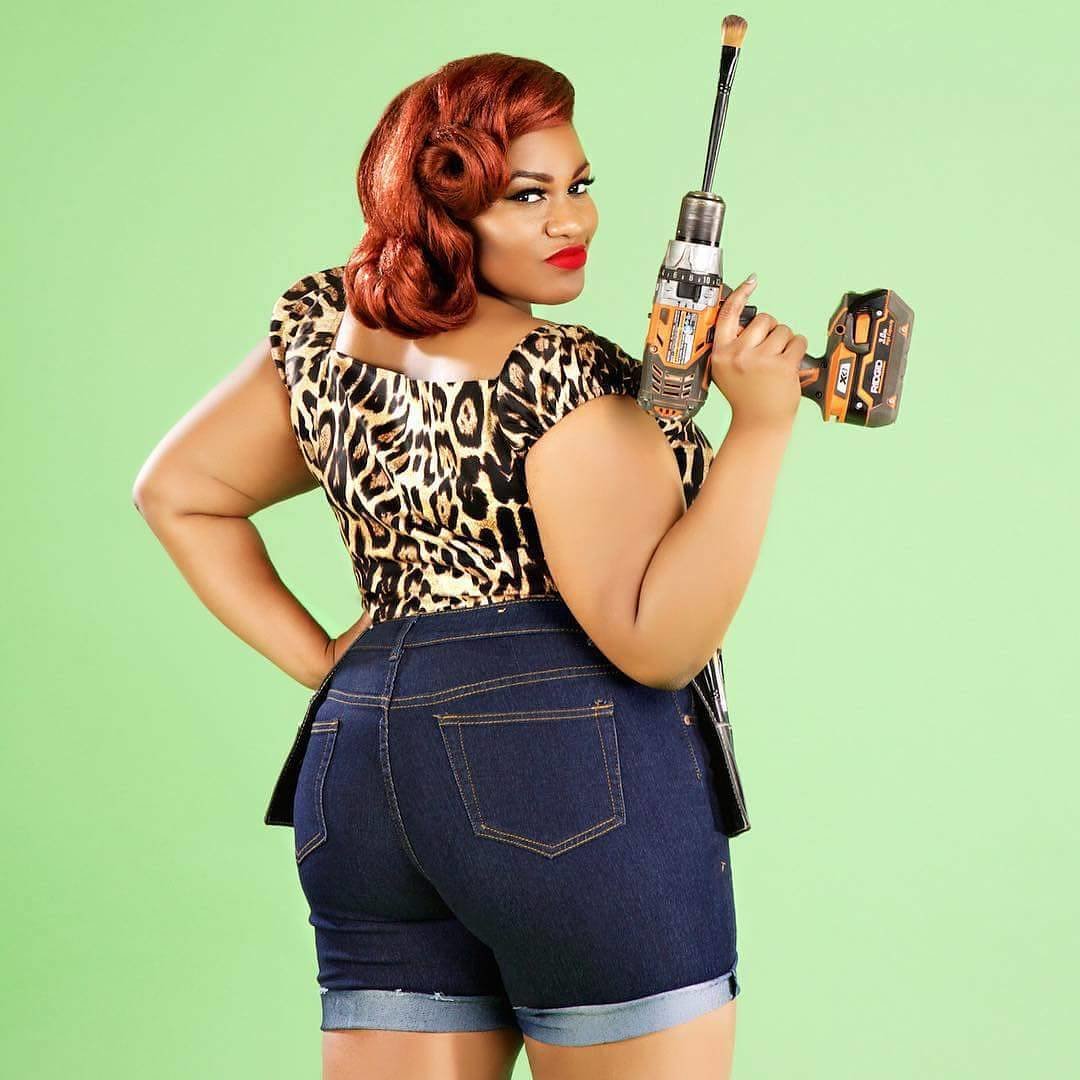
Women were publicly owning their sexuality and marketing it for profit, according to Maria Elena Buszek's book, "Pin-Up Grrrls: Feminism, Sexuality, Popular Culture."
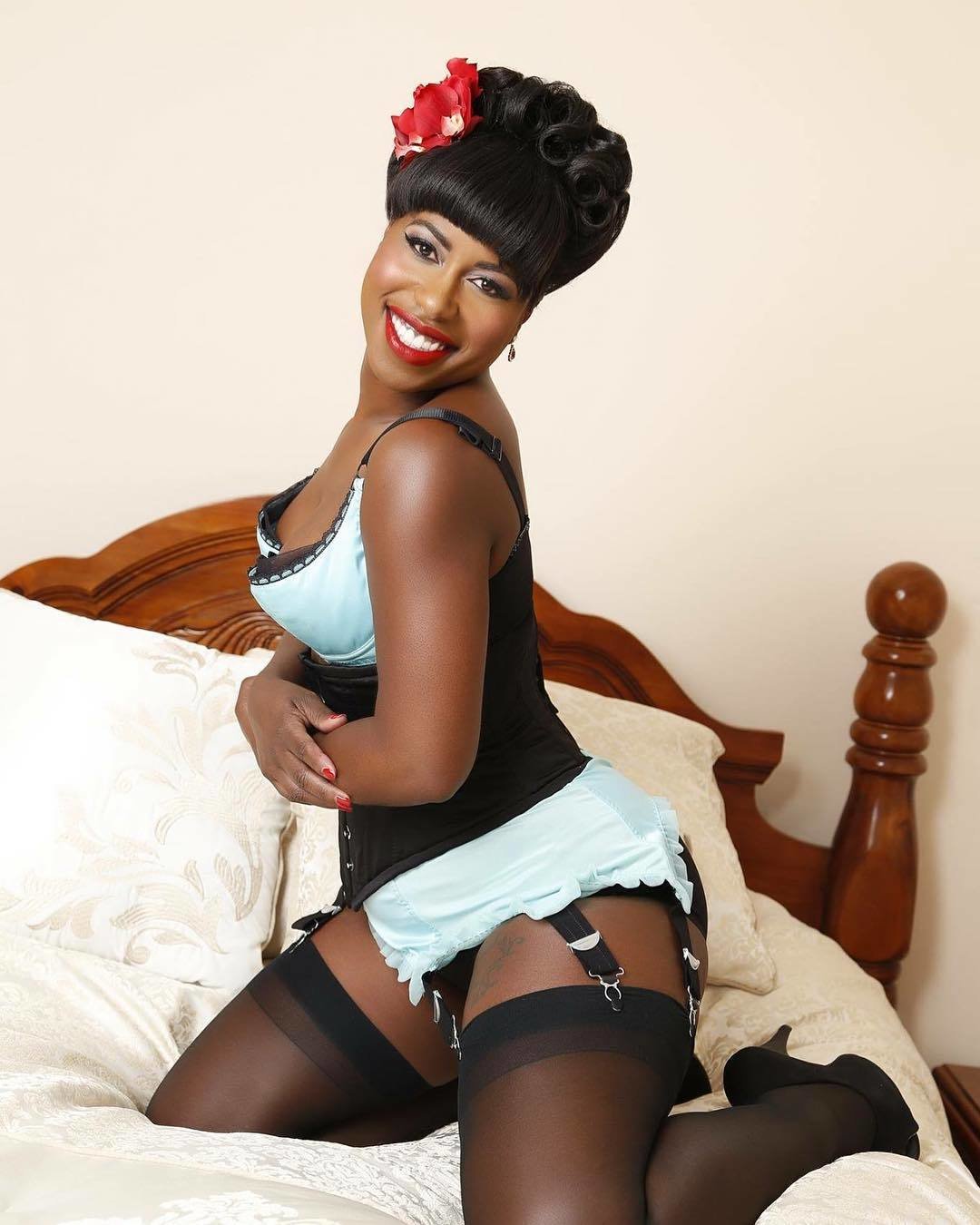
Yet Black women were left out of the equation.
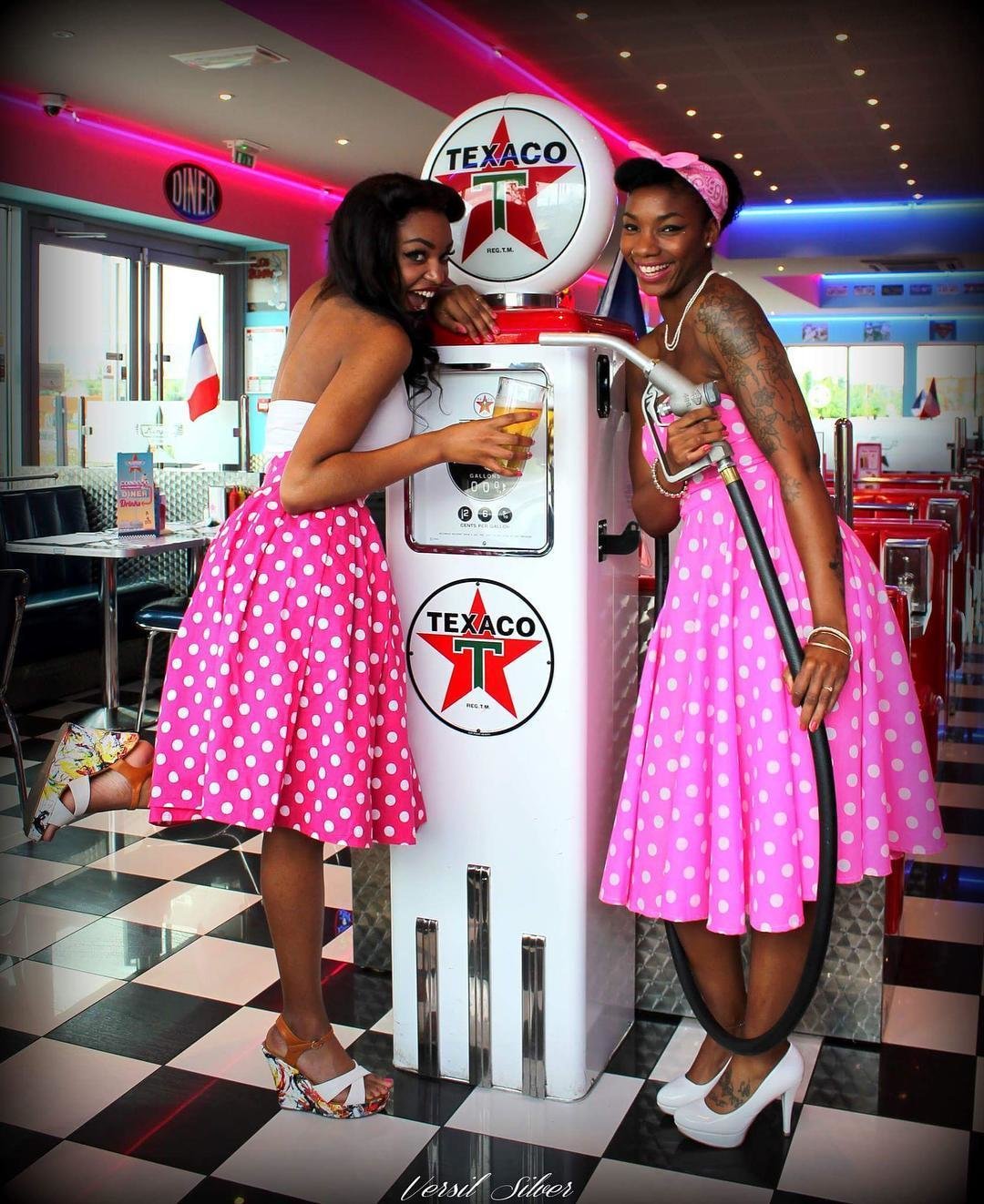
Black women, like all women, were a part of the pin-up girl movement — but racist beauty ideals kept Black women from being widely photographed.
For instance, photographer Howard Morehead heard a fellow photographer say that Black women aren't photogenic enough for pin-up modeling.
"It is next to impossible to supply consistently attractive pinups and fashion photography using negro models for the simple reason that there aren't that many attractive negro girls who have charm and are photogenic," the photographer said.
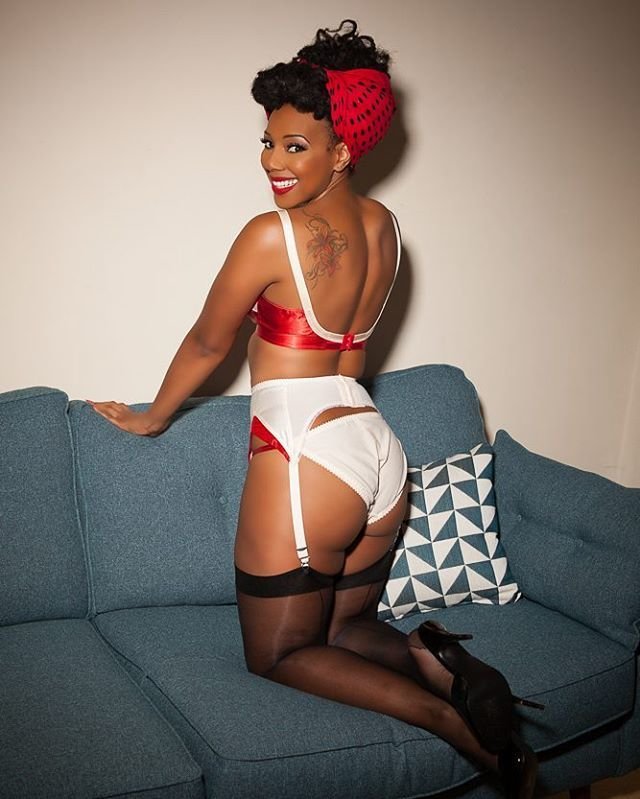
However, Black media outlets, like Jet Magazine, often included Black pin-up models in their pages.
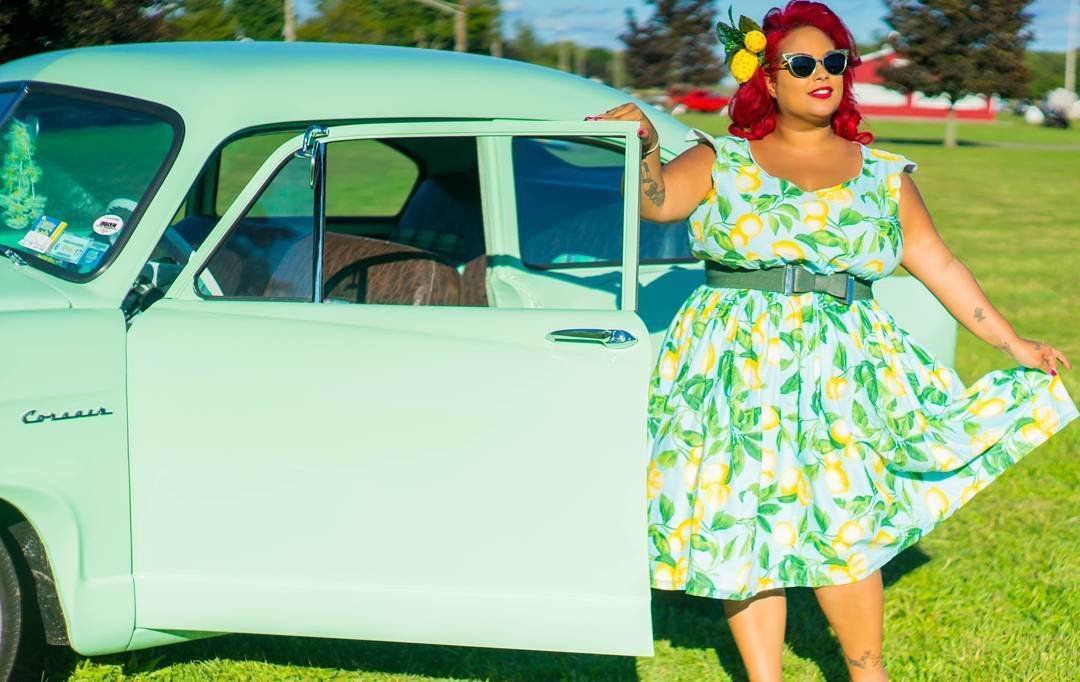
Jet Magazine featured Black women posing in pin-up every week. It legitimized Black pin-up models, and gave them a national outlet.
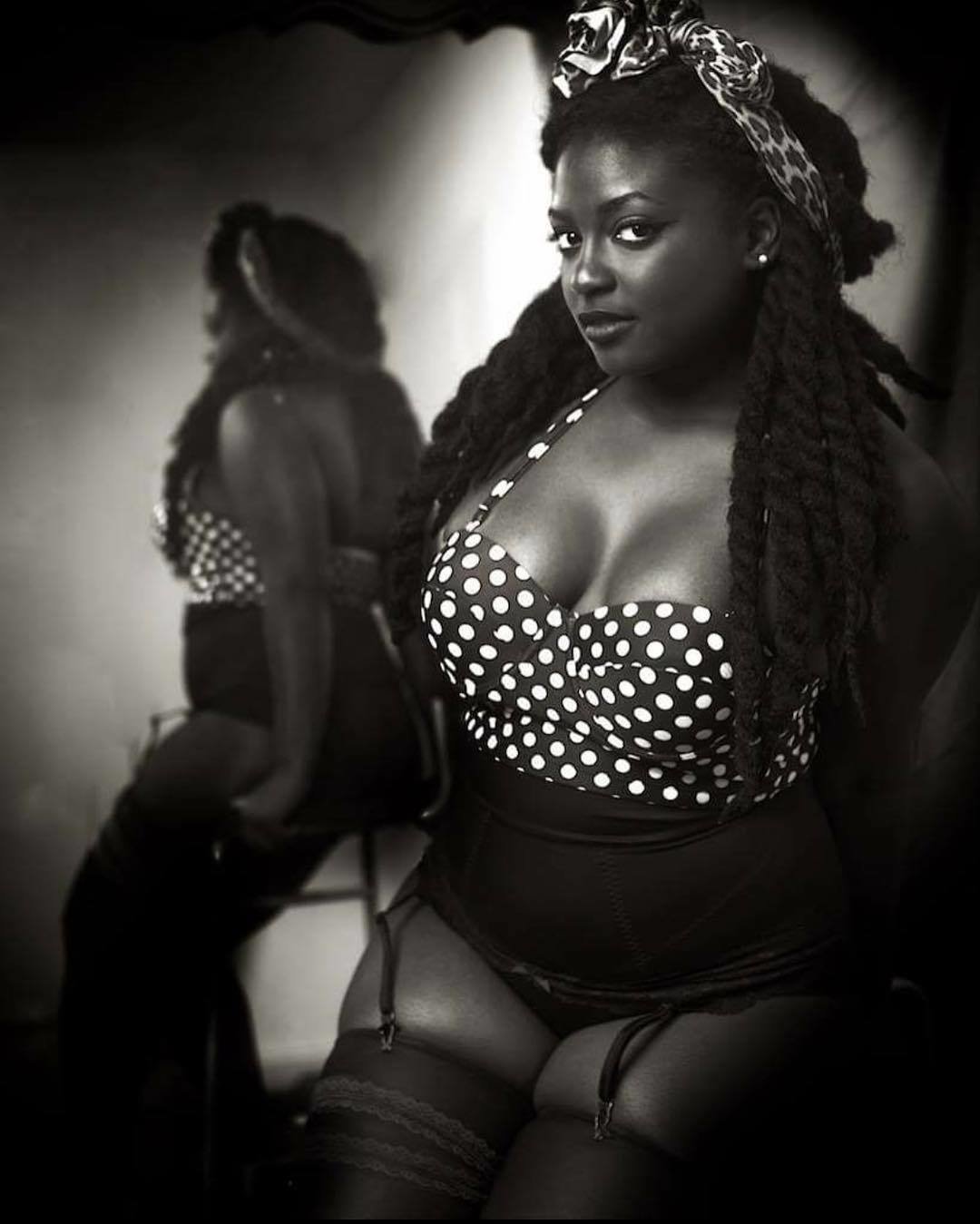
Now though, there's a generation of Black pin-up models who are proving that photographer wrong.
Angelique Noire is a professional pin-up model who has been in the fashion industry for 19 years. She told The Pin Up Club that pin-up modeling exudes a sexiness that she relates to.
"I kinda feel like I am the first Black modern day pin-up," she said. "Being that I have yet to see a chocolate color woman packaged in the 1940s/50s pinup style, I feel like I am able to put my mark on this undeveloped territory. Though I have been a professional model working for various clients doing clothing catalogues, commercials, print advertisements, runway shows, etc, I rarely booked jobs that presented me in the pinup style."
Similarly, Ashleeta Beauchamp is determined to leave her stamp on pin-up modeling.
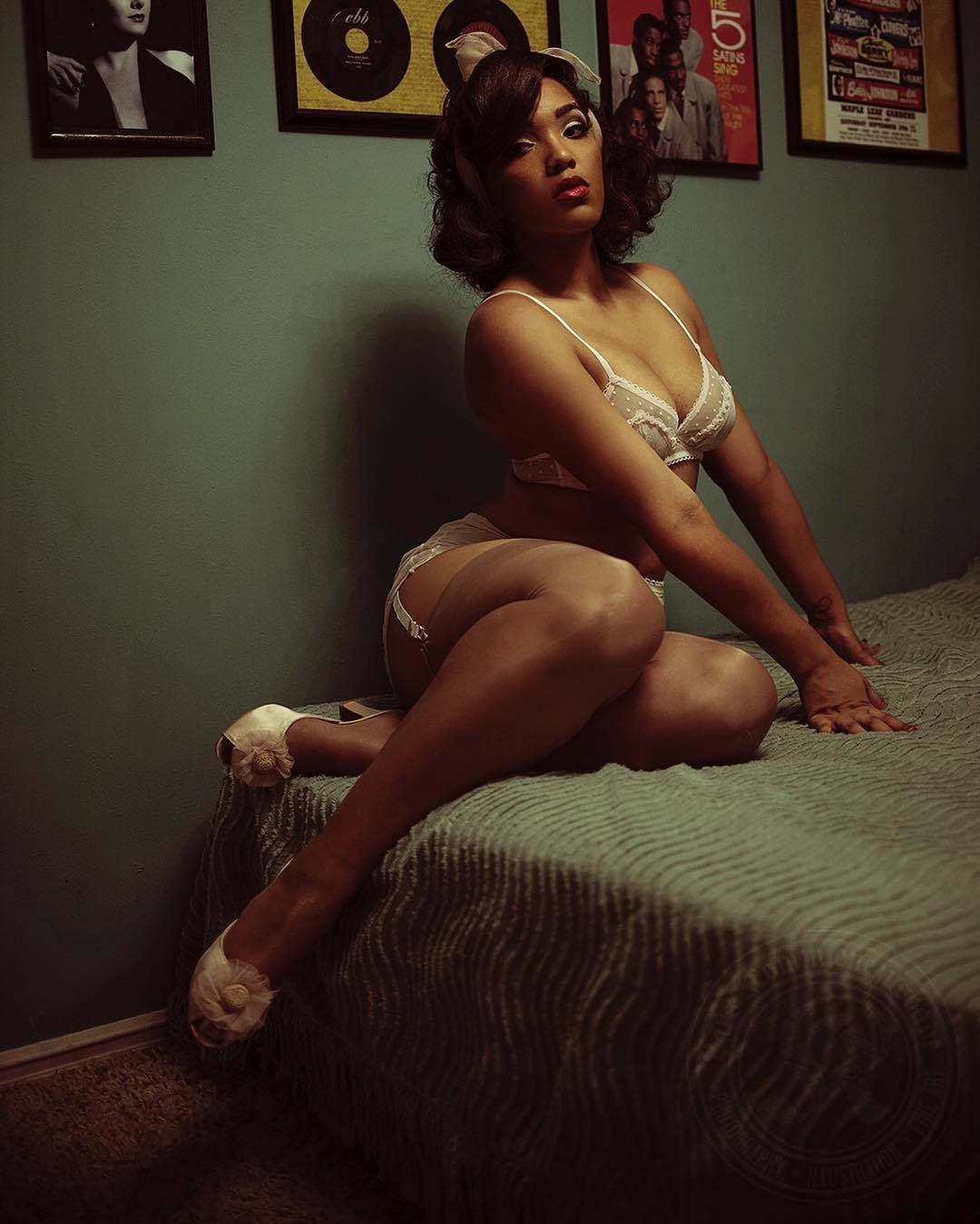
While she aspires to finish her Ph.D., Beauchamp told The Pin Up Club that she also wants to model full-time.
"Another goal of mine or rather a fantasy would be to continue to work as a pin-up model and even more so, to have the ability to burlesque dance for a living," she said. "Right now, it's more of a moonlighting job, but I really love it and its something I have so much passion for. The ability to express myself so creatively (and with so much glitter) has brought a lot of joy into my life."
Black women are slaying pin-up modeling — as they should.
